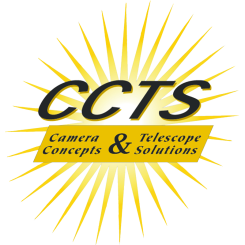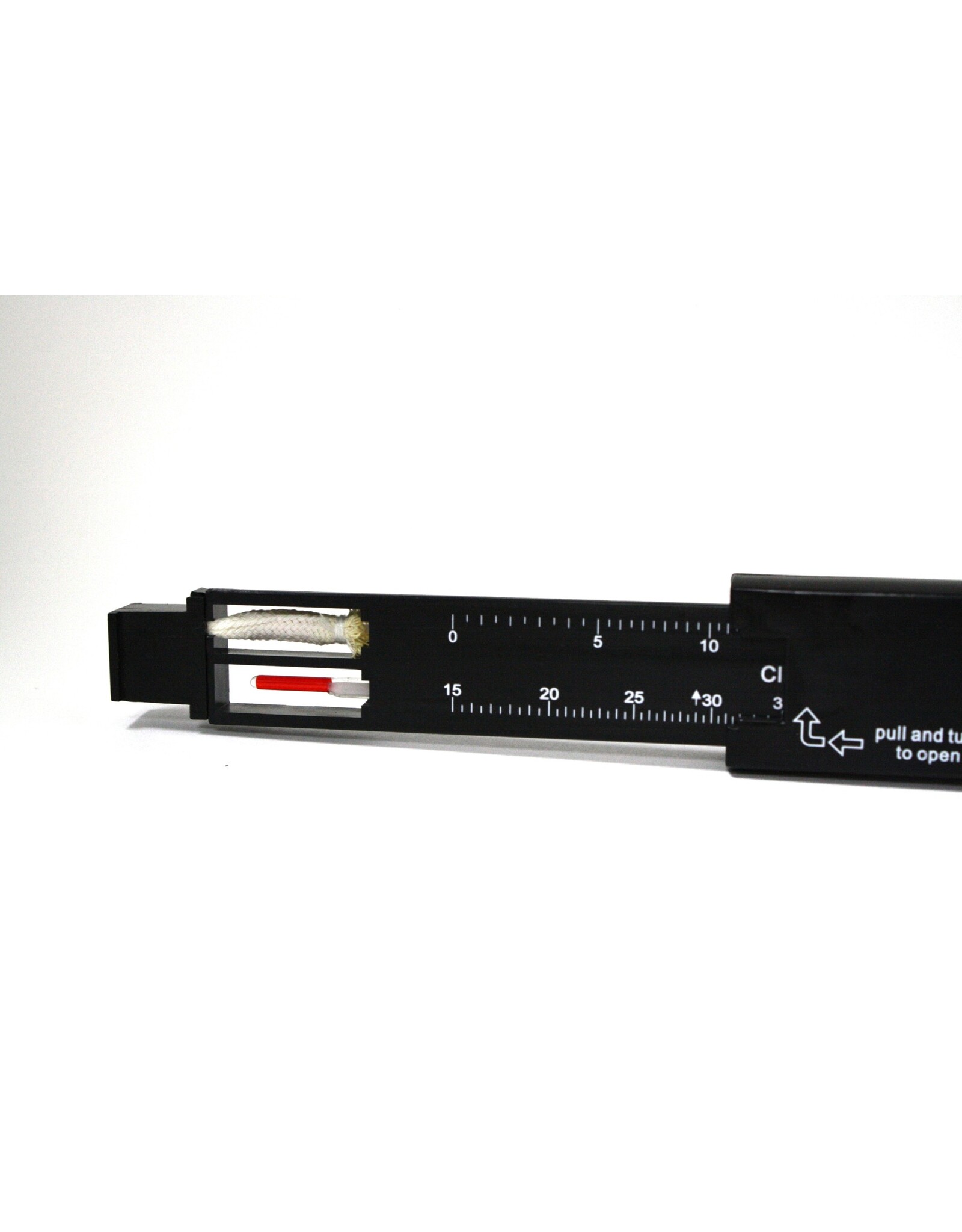Brannon Compact Whirling Hygrometer / Compact Sling Psychrometer (Pre-owned)
| Availability: | In stock |
| Delivery time: | Hurry! Buy Now before it is GONE! |
The Brannan Compact Whirling Hygrometer, also known as the Compact Sling Psychrometer, is a device used to measure relative humidity in the air. Here’s an overview of what it is and how it works:
Device Overview:
- Type: Whirling Hygrometer / Sling Psychrometer
- Manufacturer: Brannan
- Purpose: Measuring relative humidity in the air.
- Components: It typically consists of two thermometers mounted on a frame or handle:
- Dry Bulb Thermometer: This thermometer measures the ambient air temperature.
- Wet Bulb Thermometer: This thermometer has its bulb covered with a wet cloth or wick. As it rotates or is whirled through the air, evaporation from the wet bulb causes it to cool. The amount of cooling depends on the humidity of the air; drier air causes more evaporation and thus more cooling.
How It Works:
-
Preparation: The wet bulb thermometer is moistened with distilled water or a wetting agent. It should be sufficiently wet so that water evaporates readily from the bulb during use.
-
Operation: The instrument is whirled or spun through the air using its handle. This action causes air to flow over both the dry and wet bulb thermometers.
-
Measurement: After spinning for a short period (typically a minute or so), the temperatures of both the dry and wet bulb thermometers are read.
-
Calculation: Using the readings from the dry bulb (T) and wet bulb (T_w), the relative humidity (RH) can be determined using a psychrometric chart or a formula specific to psychrometry. The formula involves calculating the difference between the dry bulb temperature and the wet bulb temperature, taking into account factors such as atmospheric pressure and the properties of water vapor.
Applications:
- Field Use: It's commonly used in field conditions where accurate measurement of humidity is needed but electronic devices may not be practical.
- Accuracy: The accuracy depends on correct use and calibration, as well as environmental conditions.
Maintenance and Calibration:
- Regular maintenance involves ensuring the thermometers are clean and free of debris. Calibration may be necessary periodically to maintain accuracy, though this can be complex and may require professional calibration services.
Usage Tips:
- Ensure the wet bulb is properly moistened before use to ensure accurate readings.
- Handle the instrument carefully to avoid damage to the thermometers or frame.














